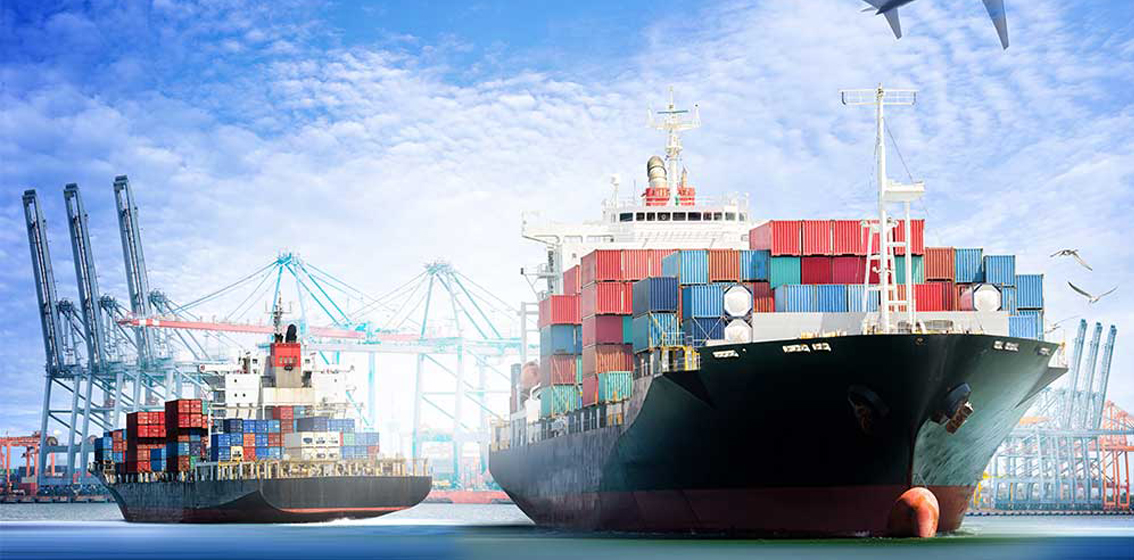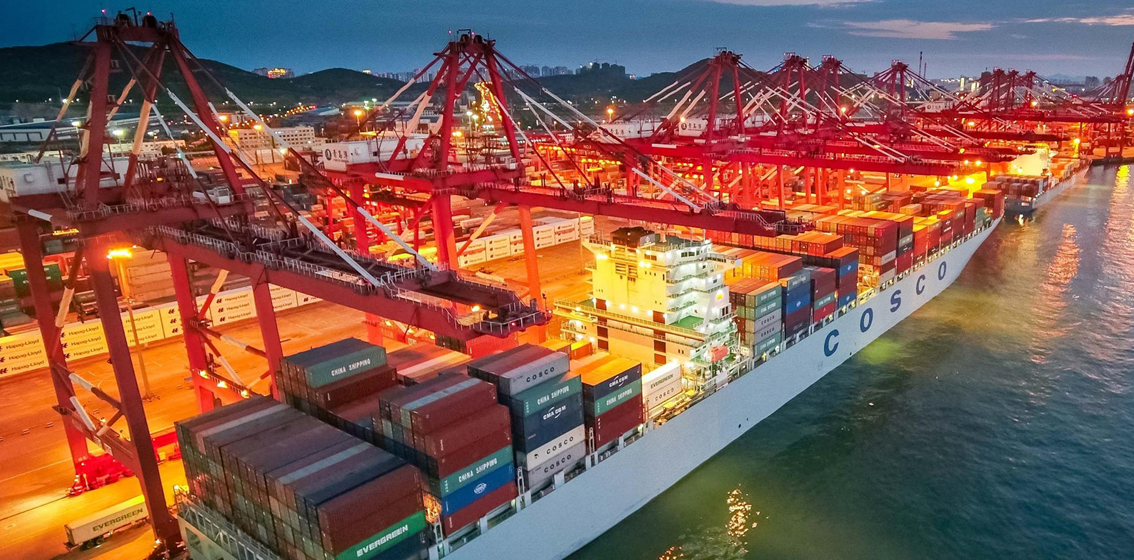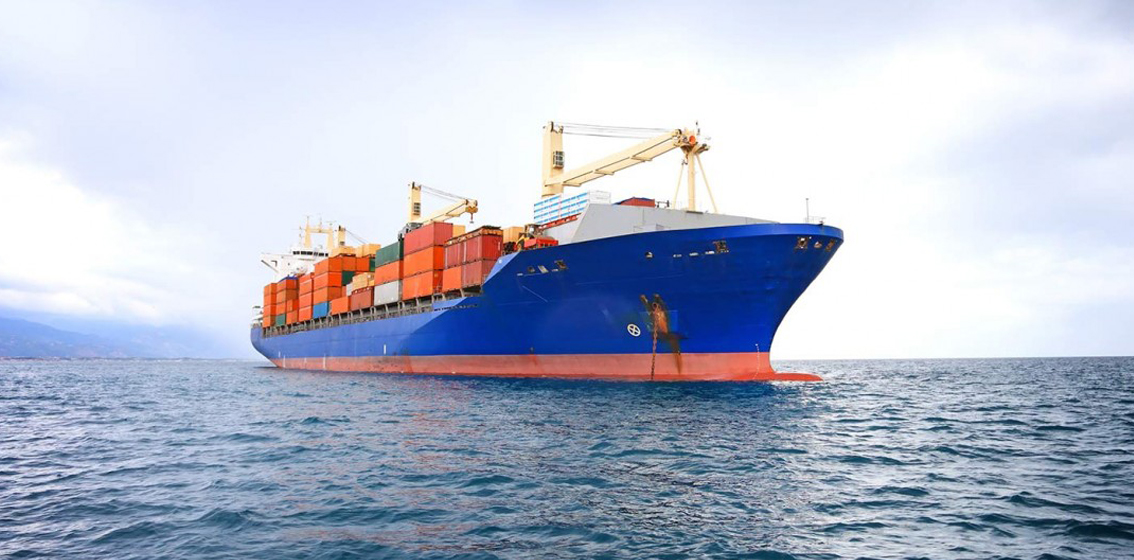Sea freight is the most economic form of transportation by which goods are moved between countires in the export process. What is more, the use of containerisation for packing and carrying goods has greatly increased the volumes of cargo moved by sea, the speed of transit and the safety of the cargo in question.
The following factors should be taken into account when considering the transit times for goods being carried by sea. These are:
-
The frequency of sailing
-
The actual sailing time between the port of loading and the port of discharge
-
If the sailing is a direct sailing or a transshipment sailing; that is to say will the vessel sail directly to the port of discharge or will the cargo be placed on a second vessel and then delivered to a final port of discharge
-
Is the sailing an inducement sailing, the vessel will only call the port of loading or discharge if there is sufficient cargo to load or discharge
Types of shipping companies
There are three types of shipping companies servicing New Zealand ports, they are:
Liner operators
vessels that carry containers (6 and 12 metre containers) these sail on fixed dates and to predetermined ports
Charter operators
vessels that are utilised for a specific voyage
Tanker and dry bulk operators
vessels that carry bulk cargo such as oil and grains
A conference line is a group of two or more shipping lines, which enter into an agreement to adopt the use of a common freight rate. They provide regular scheduled sailings on specific routes. The advantages of the conference lines are regular scheduled services even when volumes of cargoes are low, conference lines will call the port of loading and or the discharge port. The other major benefit of using a conference vessel is; should you miss the sailing of one conference vessel, then you can slot your cargo onto the next available vessel, provided that the vessel is a member of the same conference.
Independent or non-conference operators, operate within their own rate structures and sailing schedules. They are not contractually bound into a conference agreement. The advantage of the independent lines is that they are generally more competitive in their freight rate structures. The independent operators however do not have the same obligations as conference lines and are entitled to change their services to suit market conditions. There are however successful independent operators that quote competitive rates and provide regular sailings.
A visit to any harbour around the world will highlight the many different types of ships that one finds plying international waters. We have listed the msot common types of ships operating in international waters below:
-
Cellular or multipurpose: ships that are built to carry containerised cargo and also break bulk cargoes Conventional break-bulk - ships that carry only breakbulk, non-containerised cargo. "Cellular or multipurpose" these vessels are largely replacing break bulk vessels. Most cellular vessels are able to accommodate break bulk/non containerised cargo on the upper most stack of the vessel Ro-Ro - ships that are multipurpose, with the addition of a stern ramp, to the quayside, by which cargoes are received and dispatched
-
Reefer vessels: these are vessel dedicated to carrying refrigerated cargoes Lo-Lo - vessels have their own gantry or crane on board, these vessels can load and discharge their own cargoes



